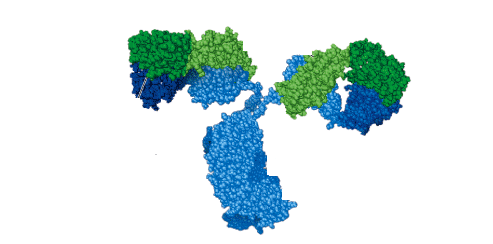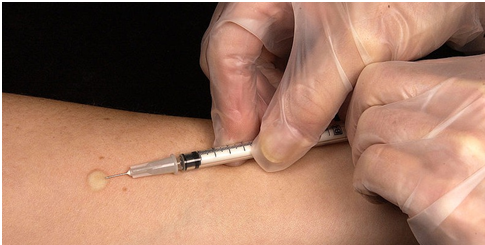Colostrum is the first secretion of the mammary gland (breast) produced before proper lactation commences in a nursing mother. It is the first breast milk produced from the mammary gland or breast of a woman after giving birth to a baby. It is a major source of passive immunity transferred from mother to the newborn child; and colostrum confers several health benefits to the newborn inclusive of growth factors or nutrients aside its protective function in the immune system of the host.
Colostrum is generally the first milk produced from a female animal inclusive of humans after 48 hours of delivery; and this milk is characteristically thick and yellowish in colouration. The main immunoglobulin molecule found in the colostrum is immunoglobulin A (IgA) or secretary immunoglobulin A (sIgA). After birth, the newborn is exposed to plethora of microorganisms in the environment including those acquired from the vagina or birth canal of the mother.
Since the immune system of the infant is not well developed and strong to fight against pathogens, it is the immunologic defense provided by the colostrum that help to protect the child from harmful activities of microbes it comes in contact with. Though this type of immunity is passive in nature and does not last long; it serves as the major basis for the development of the newborn’s own immune system at a later stage in life.
The production of colostrum in the mammary gland of humans and other animals usually continues through the early few days or weeks of delivery after its production in the last phase of pregnancy or after delivery. Nevertheless, the production of colostrum lasts for about 2 – 4 days after the lactation phase has begun in the mother. It is advisable according the World Health Organization (WHO) that mothers should ensure that their newborns have unrestricted access to this milk, and that breastfeeding should be “exclusive” since the breast milk from the mammary gland contains the major nutritive requirement for the development of the child inclusive of water for about 6 months.
However, this practice of “exclusive breast feeding” is not evenly practiced in some cultures due to some religious, occupational and cultural believe of some ethnicity. Colostrum is rich in carbohydrates, amino acids, proteins, and antibodies; and it is generally low in fats. It is also rich in vitamins and other minor and major minerals required keeping the newborn healthy.
Colostrum gives a general immunity (though passive in nature) to the newborn from the mucous membrane of the mouth or throat, down to the lungs and even the gastrointestinal tract (GIT) – where it protects the infant from some GIT-related microbial infections such as diarrhea. Breast milk is still the safest and healthiest from of food for a newborn; and it is advisable that mothers exclusively breast feed their babies for six months after which they can be weaned and given other forms of food.
REFERENCES
Abbas A.K, Lichtman A.H and Pillai S (2010). Cellular and Molecular Immunology. Sixth edition. Saunders Elsevier Inc, USA.
Actor J (2014). Introductory Immunology. First edition. Academic Press, USA.
Alberts B, Bray D, Johnson A, Lewis J, Raff M, Roberts K and Walter P (1998). Essential Cell Biology: An Introduction to the Molecular Biology of the Cell. Third edition. Garland Publishing Inc., New York.
Bach F and Sachs D (1987). Transplantation immunology. N. Engl. J. Med. 317(8):402-409.
Barrett J.T (1998). Microbiology and Immunology Concepts. Philadelphia, PA: Lippincott-Raven Publishers. USA.
Jaypal V (2007). Fundamentals of Medical Immunology. First edition. Jaypee Brothers Medical Publishers (P) Ltd, New Delhi, India.
John T.J and Samuel R (2000). Herd Immunity and Herd Effect: New Insights and Definitions. European Journal of Epidemiology, 16:601-606.
Levinson W (2010). Review of Medical Microbiology and Immunology. Twelfth edition. The McGraw-Hill Companies, USA.
Roitt I, Brostoff J and Male D (2001). Immunology. Sixth edition. Harcourt Publishers Limited, Spain.
Zon LI (1995). Developmental biology of hematopoiesis. Blood, 86(8): 2876–91.
Discover more from Microbiology Class
Subscribe to get the latest posts sent to your email.





